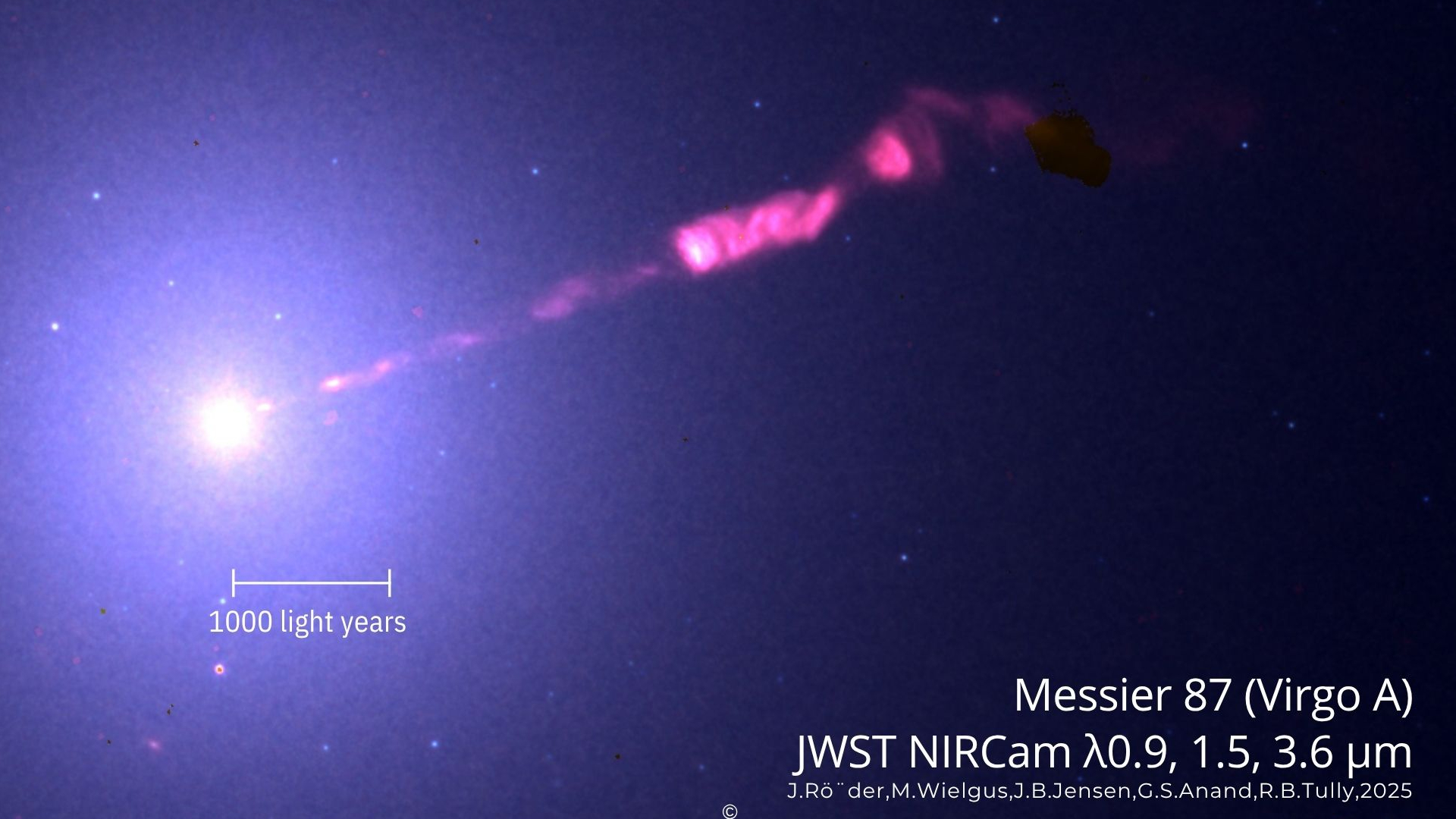Watch an egg fall from near space — and survive (video)
A former NASA engineer and now-YouTuber has created a viral sensation with a video documenting efforts to send an egg to near space to test if it cracks up on landing.
Mark Rober conceived the notion of seeing if an egg could survive a landing on a mattress following a fall from high up in the stratosphere, or near space.
Together with his team and aided by other former personnel from NASA's Jet Propulsion Laboratory, Rober settled on an experiment consisting of an egg held by the tip of a rocket-shaped vehicle and carried to an altitude of over 100,000 feet — about 19 miles (30.5 kilometers) — by a high-altitude balloon before falling back to Earth. The rocket, armed with fins for guidance, would target the mattress and release the egg to freefall from around 300 feet (100 meters) up.
Related: Earth's atmosphere: Facts about our planet's protective blanket
If that sounds simple, it proved to be anything but. What followed was an exacting, three-year odyssey of scrubbed launches, "dumb failures," lost helium and silly voices, GPS issues, eggs lost in the pursuit of science and much more.
Early failures led to what Rober described as his "ultimate phone a friend." This meant calling on his buddy Adam Steltzner, who you might "recognize as this guy from when we landed Curiosity on Mars," Rober said.
Curiosity's 2012 touchdown marked the debut of NASA's rocket-powered sky crane landing system, which also got the agency's Perseverance rover down safely in February 2021.
Breaking space news, the latest updates on rocket launches, skywatching events and more!
With that caliber of assistance on hand, it's no surprise that the ultimate result was success, in more ways than one. Rober's 27-minute video has already been viewed more than 21 million times since its release on Nov. 25. Check it out yourself to see what all the fuss is about.
Follow us on Twitter @Spacedotcom or on Facebook.
Join our Space Forums to keep talking space on the latest missions, night sky and more! And if you have a news tip, correction or comment, let us know at: community@space.com.

Andrew is a freelance space journalist with a focus on reporting on China's rapidly growing space sector. He began writing for Space.com in 2019 and writes for SpaceNews, IEEE Spectrum, National Geographic, Sky & Telescope, New Scientist and others. Andrew first caught the space bug when, as a youngster, he saw Voyager images of other worlds in our solar system for the first time. Away from space, Andrew enjoys trail running in the forests of Finland. You can follow him on Twitter @AJ_FI.
